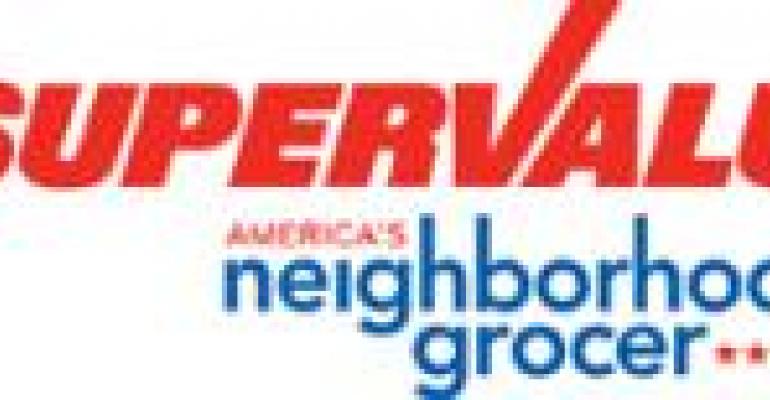We learned this week that Supervalu (#5 on our 2011 SN list of Top 75 retailers) informed its natural and specialty vendors and brokers last month that it would be moving to a “banner-led” approach in managing the natural/organic/specialty categories throughout its system.
 The change allows Supervalu to “drive increased hyper-local relevance,” the notice to suppliers stated. Translation: stores will better be able to customize and tailor their selection of products to their customer base.
The change allows Supervalu to “drive increased hyper-local relevance,” the notice to suppliers stated. Translation: stores will better be able to customize and tailor their selection of products to their customer base.
The transition is significant in that Supervalu operates nearly 1,450 corporate stores (including Acme, Jewel-Osco, Shaw’s, Farm Fresh and Save-A-Lot), and licenses out nearly 1,000 more under various names. Additionally, the company’s distribution division supplies 2,200 independents. According to the SN profile, retail food accounts for 77% of total sales, while the supply-side division accounts for 23% of total sales.
With such a diverse store base and a coast-to-coast presence, decentralizing buying in these particular categories means more work for vendors but better product selection and sales opportunities for the stores.
Under the plan, marketing managers at the banner level will work with store directors and vendors on product selection, promotion and pricing. Ethnic (such as Indian, Asian, kosher and Hispanic) and gluten-free products will continue to be bought under the old system.
The switchover is timely for Supervalu, in that the newest snapshot of the natural/organic industry shows that domestic retail sales of natural and organic foods and beverages are poised to exceed $78 billion by 2015.
The study, by market research publisher Packaged Facts, finds that current U.S. sales in the natural/organic segment rose to nearly $39 billion in 2010 — an increase of 9% over the previous year, and 63% higher than sales five years earlier. Researchers are predicting that 2011 will see a significant rebound, with sales increases approaching 45% by the end of this year.
One only has to look at Whole Foods Market’s most recent quarter, which it called its best in 5 years. The Q2 numbers included a 12% increase in sales to $2.4 billion and a 33% jump in net income, to nearly $90 million.
Whole Foods has always been divided its buying into 11 U.S. regions, and it’s able to micro-market its local and artisan products like no other operator of its size. With a new wave of demand for these foods and beverages cresting upon us once again, operators who are best able to cater to customers will become the preferred venue for purchasing these products.
As large as it is, Supervalu is positioning itself in a competitive space that’ll likely produce big benefits if properly executed.
[Photo credit: Supervalu]

